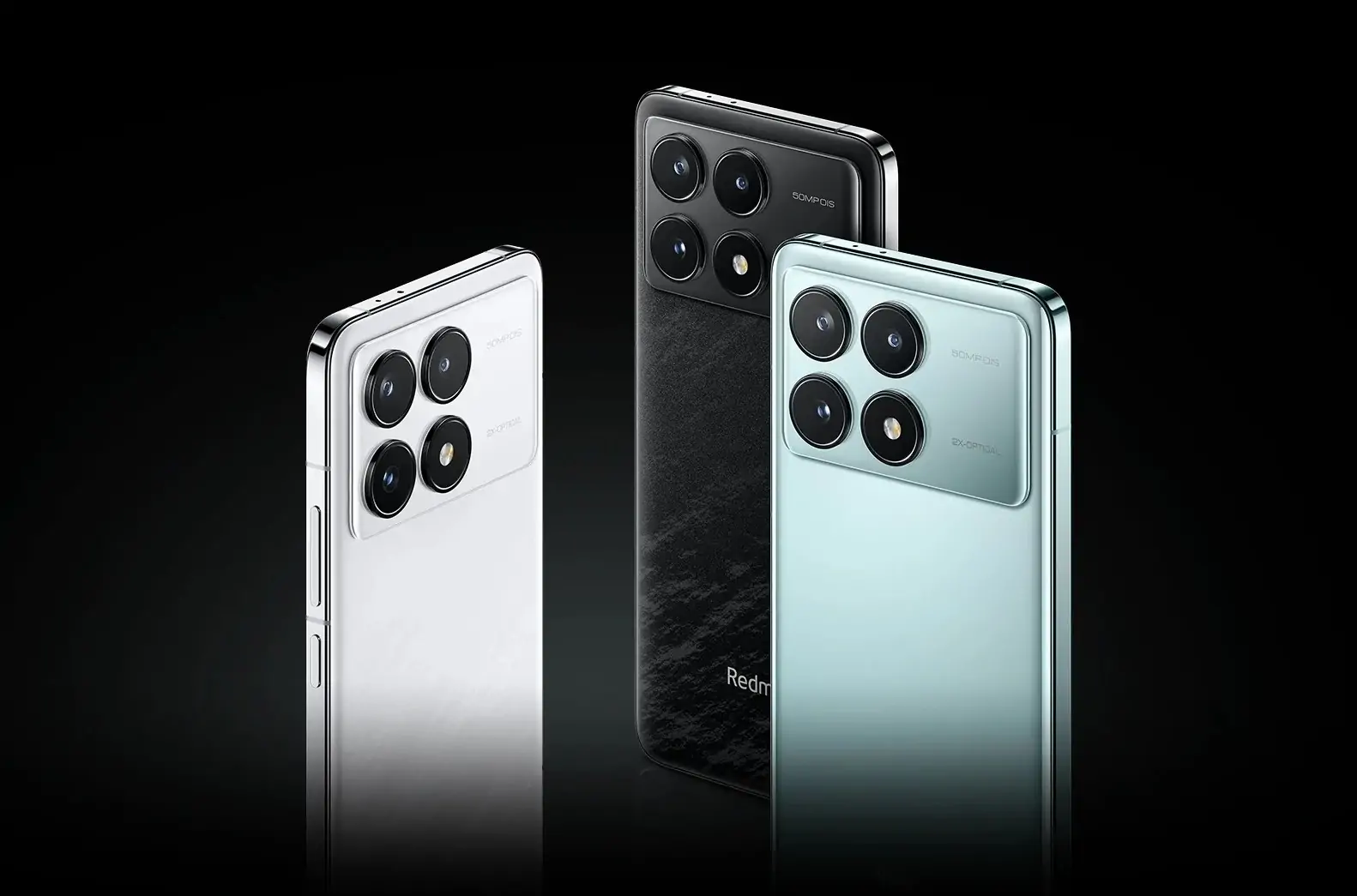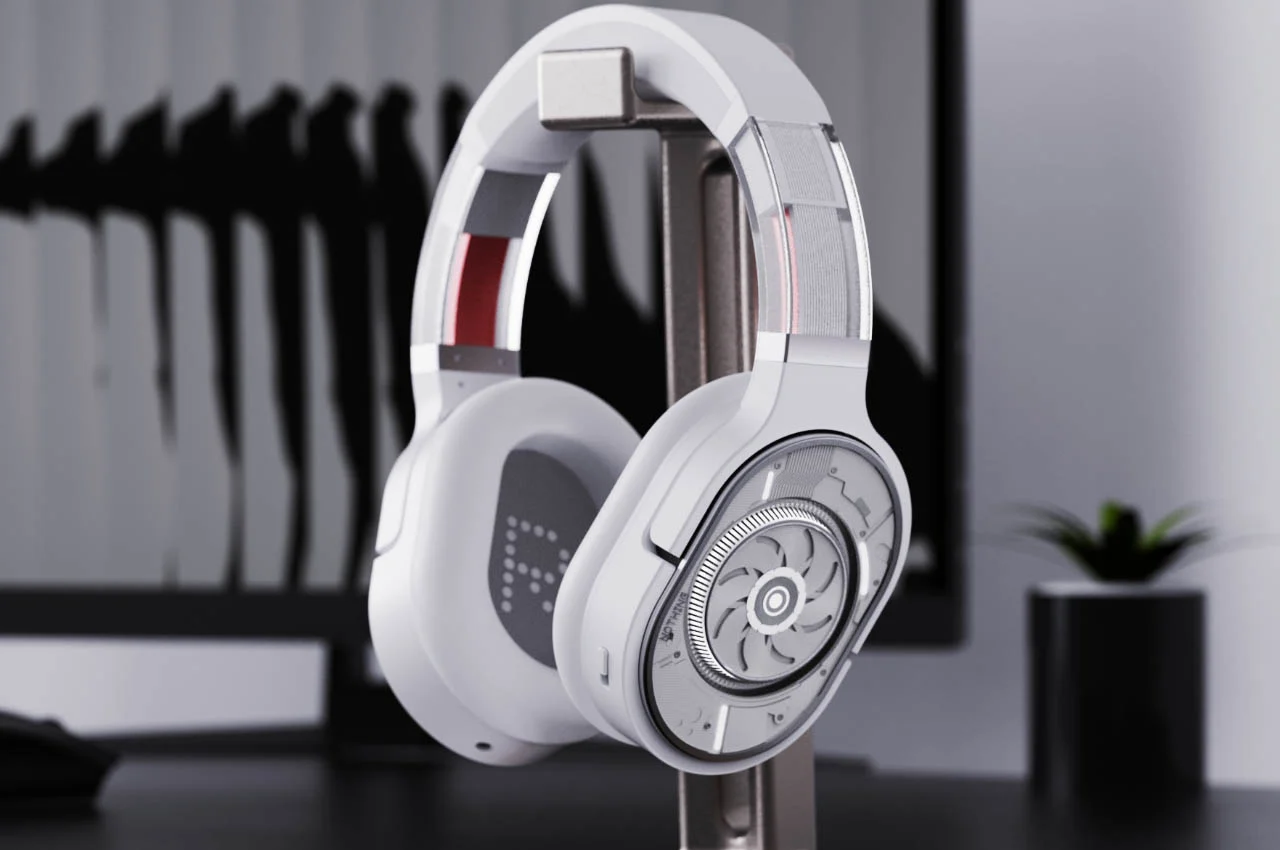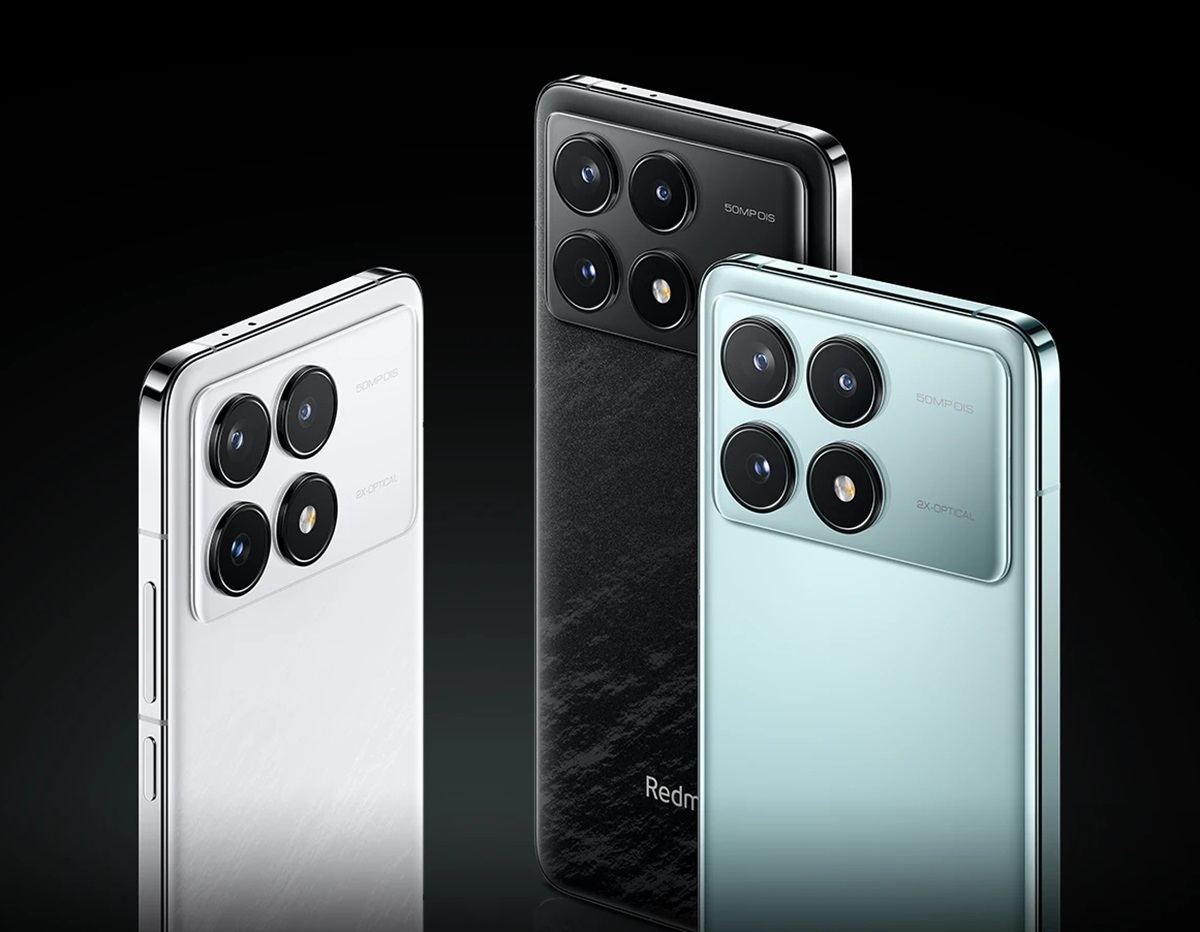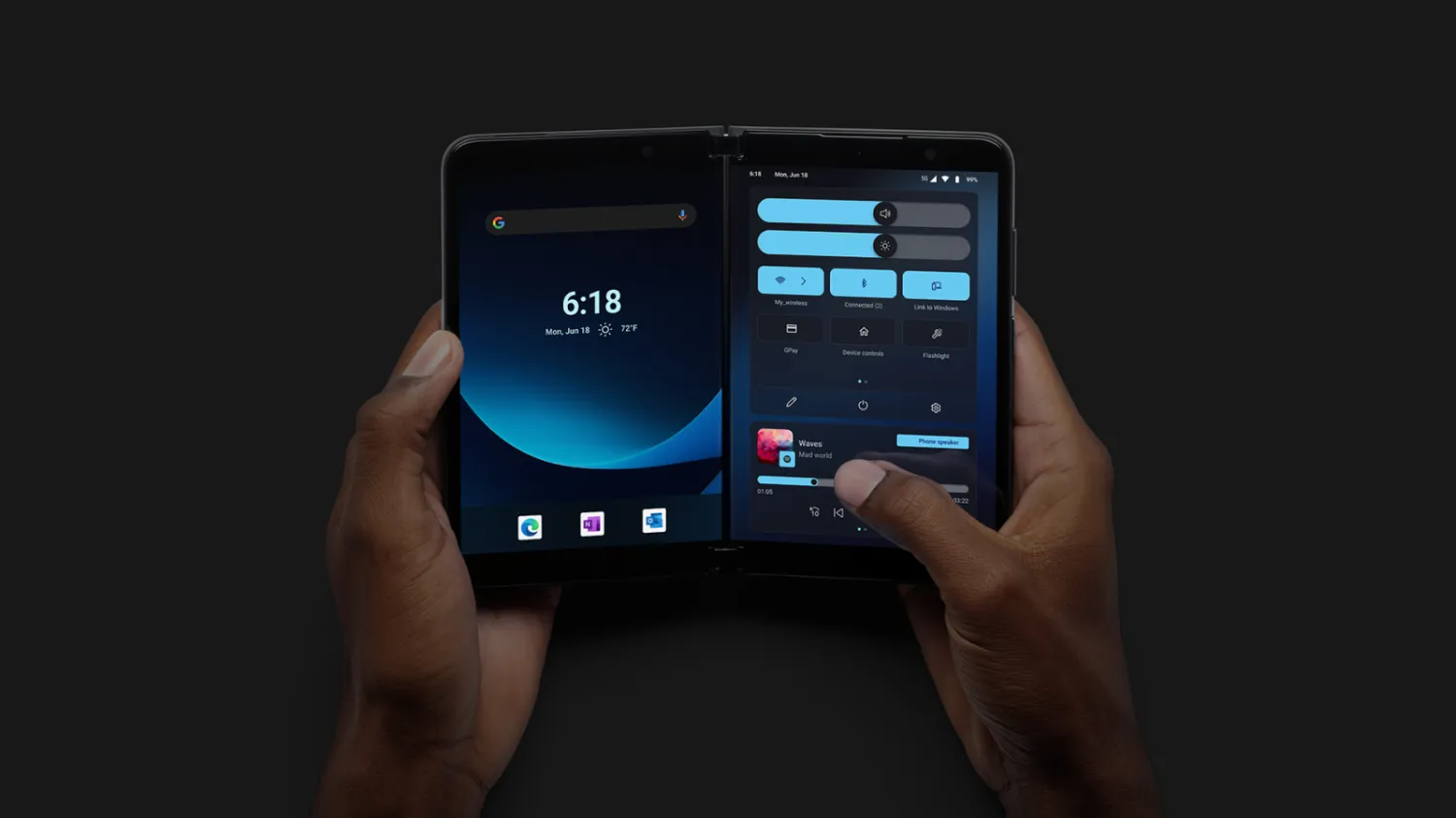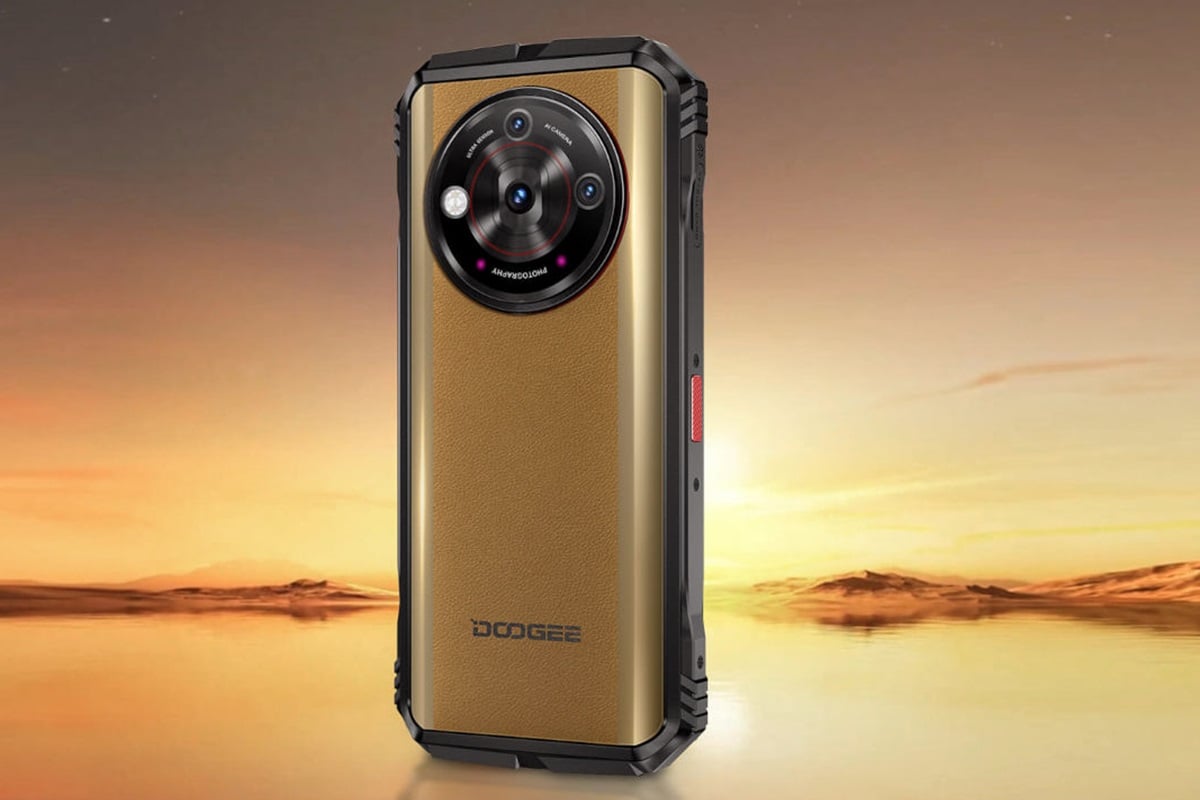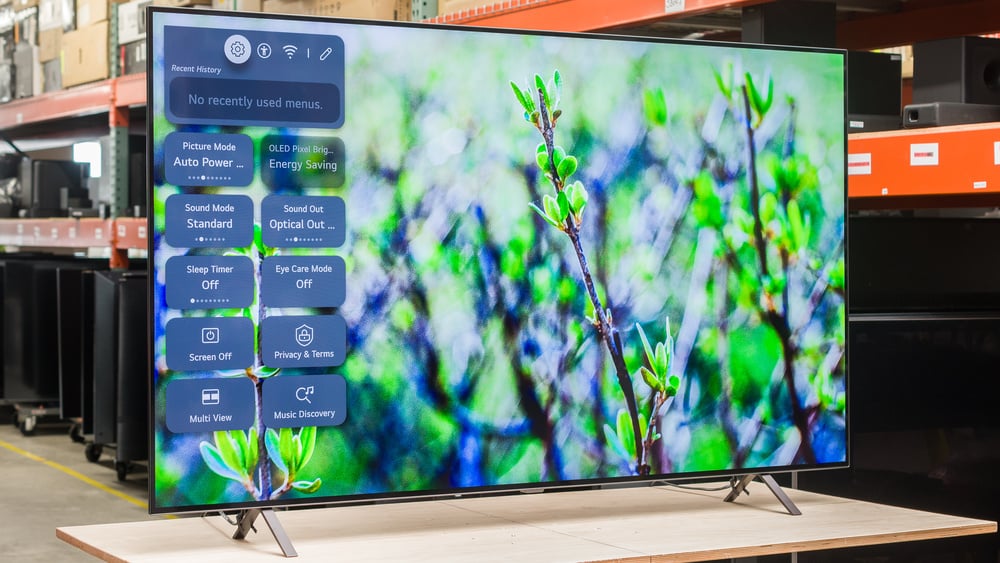In today’s digital age, smartphone cameras have evolved to the point where they can easily rival standalone digital cameras. With the convenience of always having your camera on hand, you never have to miss a moment to capture that perfect shot. The good news is that you don’t have to break the bank to get your hands on a smartphone with remarkable photographic capabilities.

Vivo T3: A Versatile Performer
The Vivo T3 boasts a powerful camera setup, featuring a 50MP primary sensor with OIS (Optical Image Stabilization), a 2MP secondary camera for portrait shots, and a third lens that acts as a flicker sensor to reduce light flicker during video recording.
This combination delivers detailed and vibrant photos in daylight and performs admirably in low-light settings, provided there is adequate lighting. The 16MP front-facing camera takes sharp selfies with good exposure and color reproduction, making the Vivo T3 a well-rounded choice for photography enthusiasts on a budget.
OnePlus Nord CE 4 Lite: A Balanced Approach
The OnePlus Nord CE 4 Lite offers a 50MP primary camera, a 2MP secondary camera for portraits, and a 16MP front-facing camera. While the camera system tends to apply a warm tone to photos, resulting in high saturation across various lighting conditions, it performs well in dim light and improves with night mode.
The front camera delivers satisfactory selfies with accurate skin tones and good edge detection in portrait mode. Overall, the Nord CE 4 Lite’s camera performance is average but competitive within its price range.
Realme Narzo 70 Pro: A Capable Contender
The Realme Narzo 70 Pro packs a 50MP primary sensor, an 8MP ultrawide lens, and a 2MP macro shooter, complemented by a 16MP front camera for selfies and video calls. In daylight, the camera produces respectable picture quality with lively colors and acceptable details, although images can be a bit oversaturated, and the dynamic range is slightly underwhelming.
The Realme Narzo 70 Pro renders skin tones and facial details accurately. While it struggles with detail in low-light conditions and produces somewhat grainy images even with night mode, it remains a capable option in its price segment.
Redmi Note 13 5G: High-Resolution Powerhouse
The Redmi Note 13 5G boasts an impressive 108MP primary camera, an 8MP ultra-wide camera, and a 2MP macro camera, along with a 16MP front camera. The 108MP primary camera excels in daylight with balanced contrast and saturation, although you might witness some softening in the details of the image to reduce grain. The ultra-wide camera performs similarly but shows more grain, especially in low light.
While the macro camera detects subjects well, it lacks detail. The front camera captures sharp images but tends to brighten skin tones. For video recording, the phone uses EIS for stabilization and supports full HD at 30fps, though it lacks 60fps support.
POCO X6 5G: A Promising Performer
The POCO X6 5G comes with a 64MP primary camera, an 8MP ultra-wide camera, and a 2MP macro camera alongside a 16MP front camera. It captures detailed and impressive images, but in less optimal conditions, the photos lack detail and color accuracy, with low-light and nighttime shots appearing grainy. The selfie camera captures facial details and skin tones well, and edge detection in portrait mode is efficient.
